Iconic Royal Indian Palaces That Turned Into Hotels or Museums
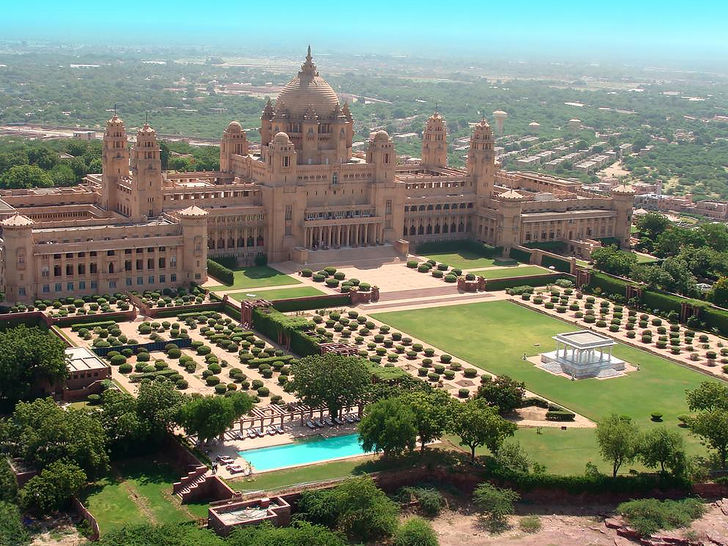
Royal palaces have always played a significant role in Indian history. Each of them has a unique story to tell. A history of the era in which they were built. Things changed for the existing kingdoms after India gained independence from British rule and so some of them converted into hotels or museums.
Posted On June 14th, 2021
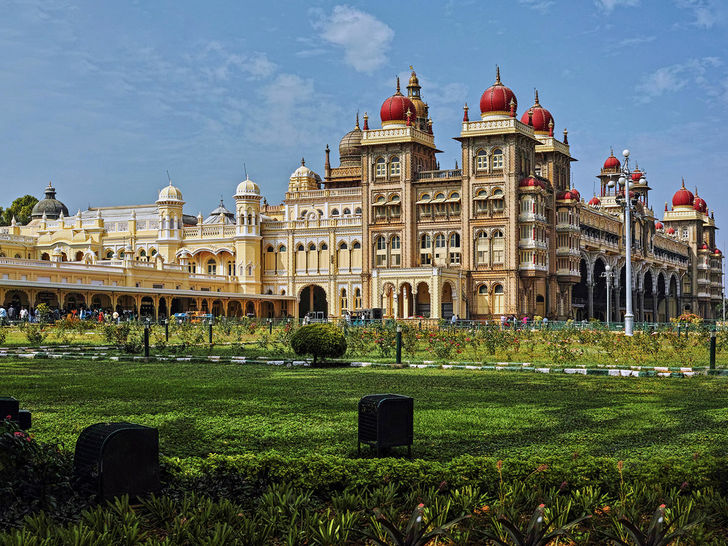
Mysore Palace, Mysore
The palace was built in the 14th century by the ruler of the Wadiyar dynasty, but it has been renovated several times over the next hundreds of years. The Karnataka government now manages the Mysore Palace. Though the palace is open to the public, the former royal family still lives in one of its sections.
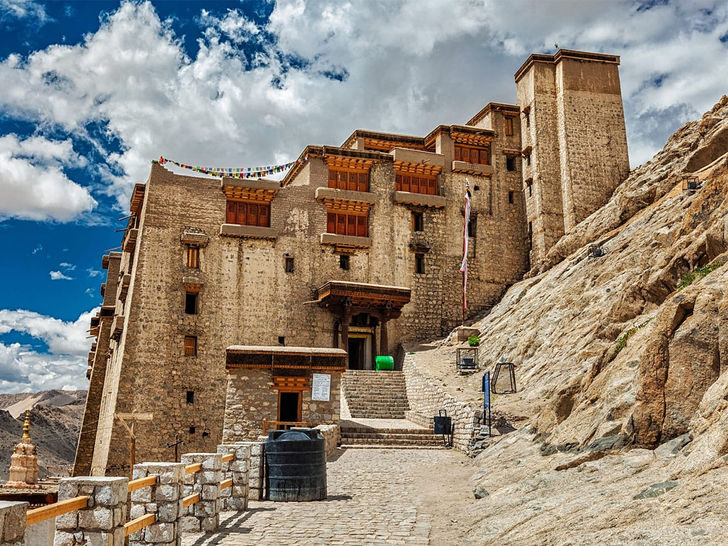
Leh Palace, Leh
The 9-story Leh Palace was built in 1553. The upper floors once housed members of the royal family, while the lower floors housed stables and storerooms. It is currently managed by the Archaeological Survey of India, but it is in disrepair.
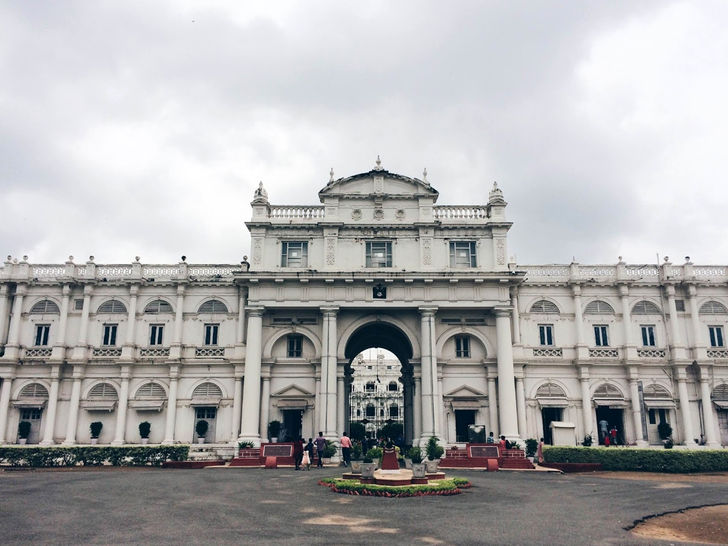
Jai Vilas Palace, Gwalior
In the nineteenth century, Jayajirao Scindia, Maharaja of the Maratha Scindia Dynasty, built this palace, to extend a grand welcome to King Edward VII. A section of the palace has been converted into the Jivajirao Scindia Museum and a large library with over 7,000 books of various genres.

City Palace, Jaipur
Sawai Jai Singh II, the ruler of Amer, built the magnificent city palace after relocating to Jaipur in 1727 due to Amer's growing population and water shortage. Parts of the palace are accessible to the public.
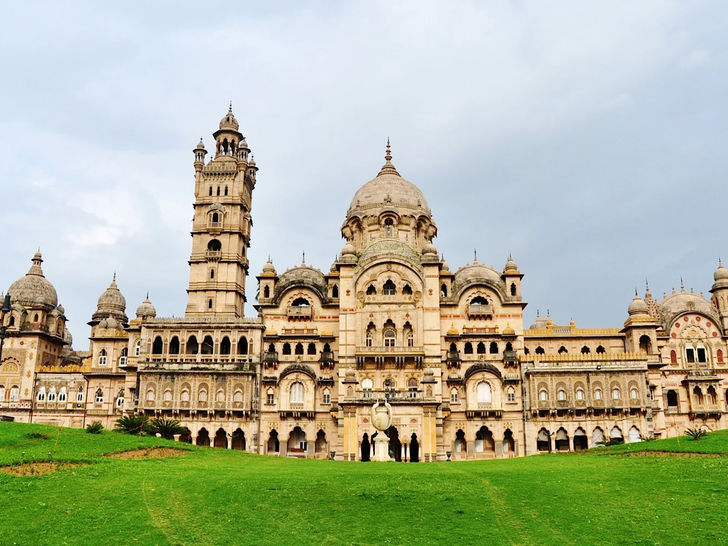
Laxmi Vilas Palace, Vadodara
The palace was built in 1890 by Maharaja Sayajirao Gaekwad III and cost the royal family Rs. 27 lakh at the time. Laxmi Vilas Palace is India's largest private residence, four times larger than Buckingham Palace in the United Kingdom. The Gaekwads of Baroda still lives here.
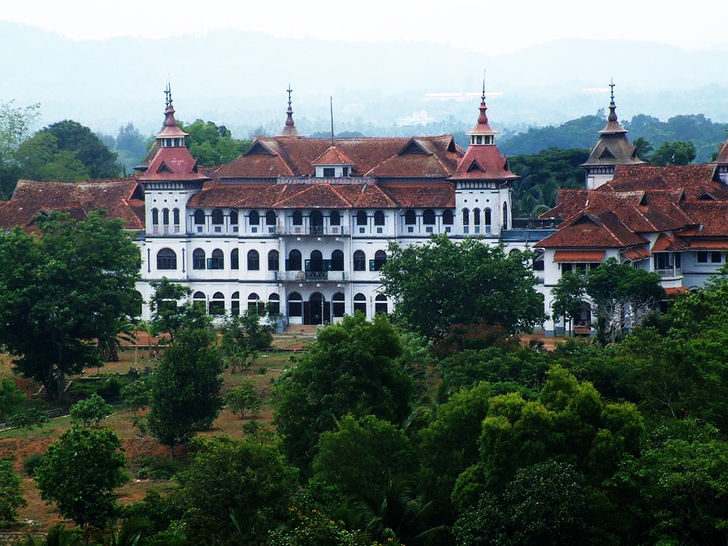
Kowdiar Palace, Thiruvananthapuram
The impressive building, built in 1934 on the occasion of his sister's wedding by the late Maharaja Sree Chithira Thirunal, has approximately 150 rooms. It also includes a wooden elevator. Since then, the palace has served as the residence of Travancore's royal family, and it is still home to the current erstwhile Maharaja family. As a result, it is not always accessible to the public.
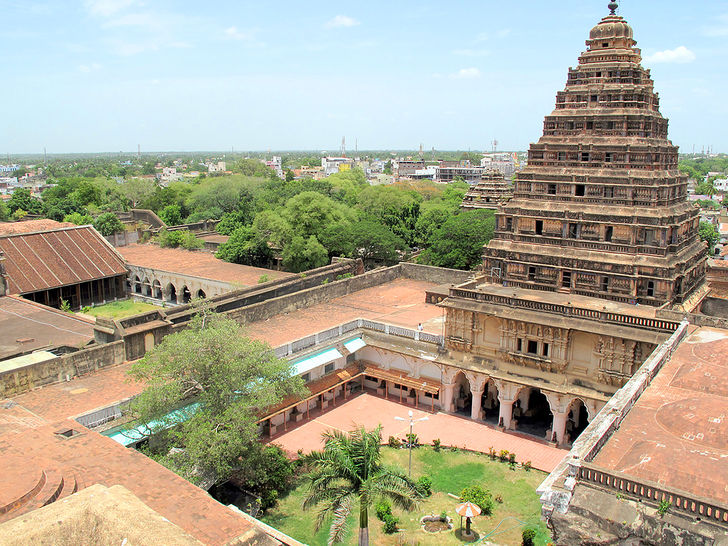
Thanjavur Palace, Tamil Nadu
The Nayaka kings constructed Thanjavur Palace in the 1530s. They lost it to the Thanjavur Marathas, who held it until the death of Thanjavur's last king, Shivaji, and the palace was acquired by the British under the Doctrine of Lapse. It was in ruins for decades, until the tourism department started its restoration and turned parts of it into a museum and gallery.

Taj Falaknuma Palace, Hyderabad
Nawab Vikar-ul-Umra, the Nizam's brother-in-law and the Prime Minister of Hyderabad, invited Mehboob Ali Khan, the sixth Nizam of Hyderabad, for a tour of Falaknuma Palace. He was so impressed that he stayed for a month. Vikar offered the palace as a gift to the Nizam, but he refused and instead paid a large sum of money. The Taj group renovated it and reopened it as a luxury hotel in 2010.
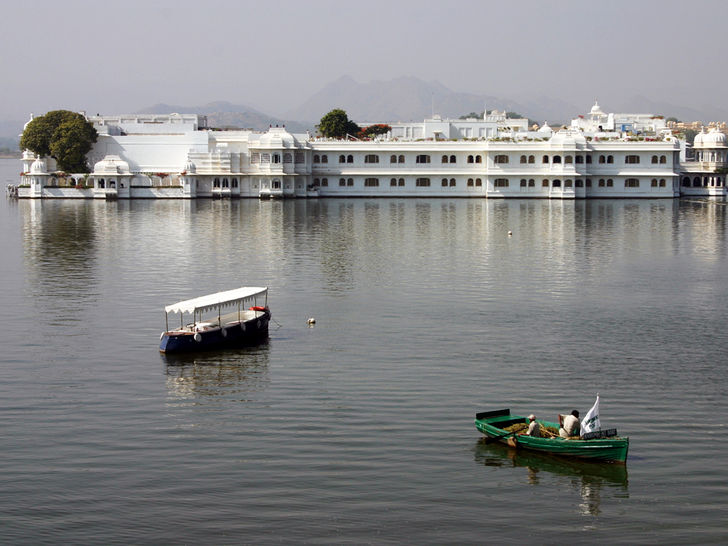
Taj Lake Palace, Udaipur
In 1746, the then-prince of Udaipur, Maharana Jagat Singh II, began construction on this magnificent palace. It was essentially a summer palace and was previously known as Jag Niwas. The Taj group of hotels took over management in 1971 and added more rooms, and the hotel now occupies 4 acres on the banks of Lake Pichola.

Umaid Bhawan Palace, Jodhpur
The Umaid Bhawan Palace is considered to be the last of India's grand palaces. It is believed that Umaid Singh, the then Maharaja of Jodhpur, initiated this massive project in the 1920s to employ the famine-stricken people of the princely state of Jodhpur. Gaj Singh, Umaid Singh's grandson, still lives here with the former royal family. Some parts of the palace have been converted into a hotel and museum that are open to the public.

